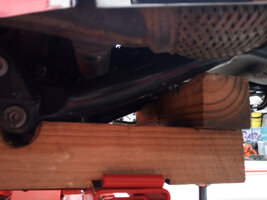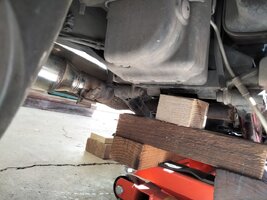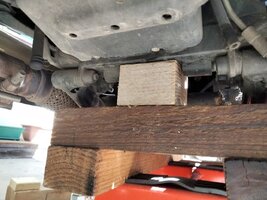I have no problem with imperial or metric although when it comes to fluids your system can cause confusion as a UK gallon is 8 pints and a US gallon is 10 pints.Isn't that the truth! Yeah the U.S. is the only country in the world not working on adopting the metric system as the standard of measurement. I have worked in machine design for over 40 years started out using imperial units, but have been working with metric measurements since 2000 exclusively in my work. I was fired from one job due to refusal to use imperial units. That company actively converted over to metric units a year later.
The construction business here is very deeply entrenched in imperial units and the only way I see it changing is for material manufacturers/suppliers to actively make the conversion.
I did however take a youth to task when wanting to buy some AF Allen keys in a tool store, said individual didn’t have a clue what I was asking for. Surely if you work in that environment you should have a basic knowledge of both systems of measurement.
Jeez I must be getting old, (and less tolerant).




